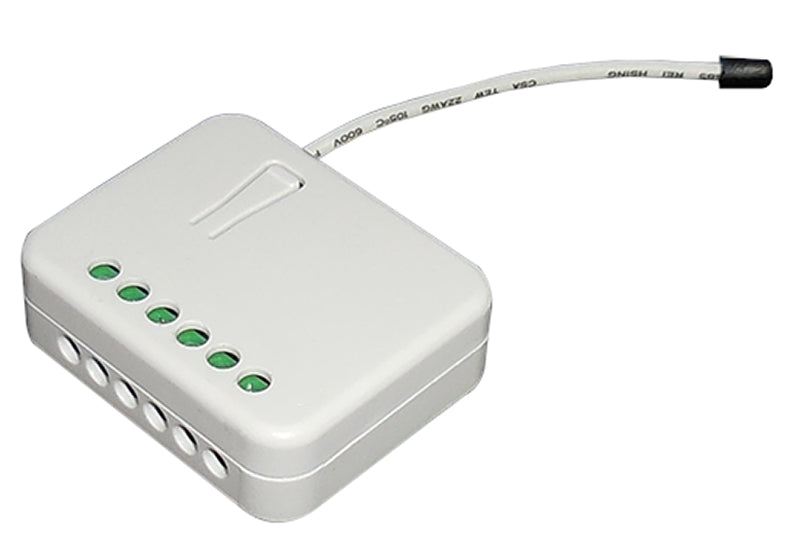I have a bunch of X10 modules (first image) like in picture and thought I would put them to use.
With some electronic devices plugged in, the modules would turn on by themselves after being shut off.
On one computer plugged into them, it turns on and then shuts off repeating this over and over about every thirty seconds.
Others have expressed this about other systems such as in second image.
To correct this problem, I added a double pole relay to the power circuit following the module to disconnect both line and neutral. This seems to work.
Three things I can think of:
1. Why does this happen?
2. Since there still seems to be a connection in the off mode (not to mention the added energy consumption of the module itself), are we really saving any power?
3. Other solutions?


With some electronic devices plugged in, the modules would turn on by themselves after being shut off.
On one computer plugged into them, it turns on and then shuts off repeating this over and over about every thirty seconds.
Others have expressed this about other systems such as in second image.
To correct this problem, I added a double pole relay to the power circuit following the module to disconnect both line and neutral. This seems to work.
Three things I can think of:
1. Why does this happen?
2. Since there still seems to be a connection in the off mode (not to mention the added energy consumption of the module itself), are we really saving any power?
3. Other solutions?



